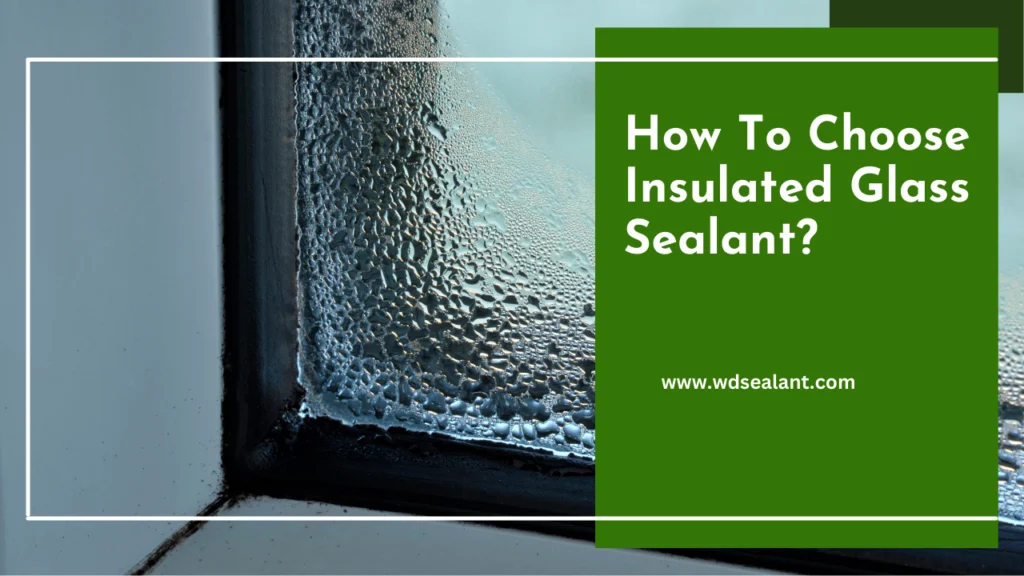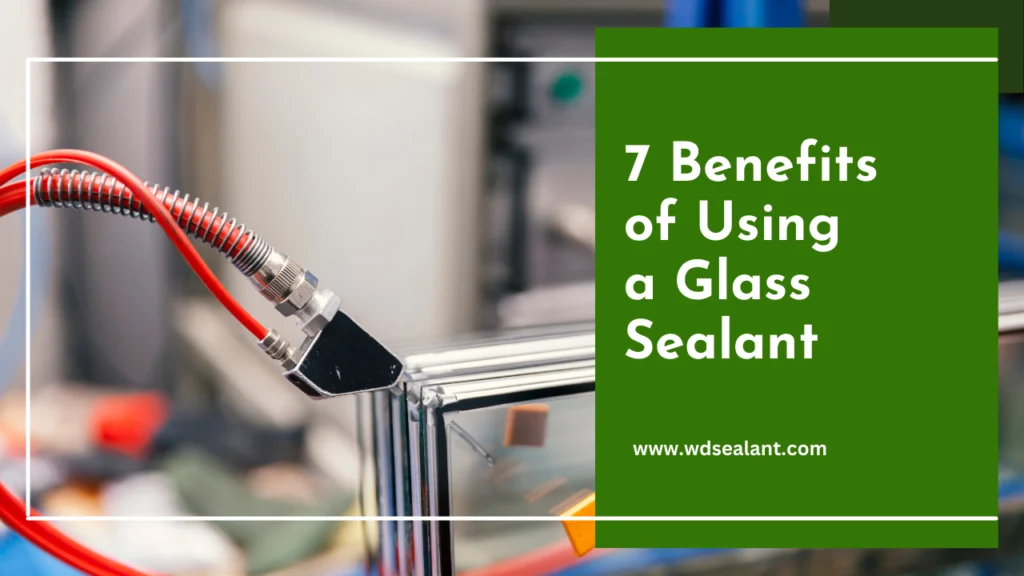Table of Contents
ToggleHow To Choose Insulated Glass Sealant?
When selecting silicone insulating glass sealant, you need to judge the quality according to the following aspects.
- First of all, you need to pay attention to the production date, batch number, and shelf life information on the product label. This information can help you determine the production date and storage period of the product to ensure product quality.
- Secondly, you also need to pay attention to the viscosity and fluidity of the silicone sealant when choosing. If the viscosity is too low, it will lead to the loss of sealant; if the fluidity is too high, it will lead to the sealant not being able to be fixed at the joints of the rim and frame of the insulating glass.
- Finally, you should check the sealant’s hardness and elasticity. We can test the hardness and elasticity and use other indicators to know more about the product quality. The hardness and elasticity of the silicone sealant should be compatible with the materials of the insulating glass bezel and frame to ensure the adhesion and sealing effect of the sealant.
In short, silicone insulating glass sealant is a conventional building sealing material known for its excellent weather resistance, aging resistance, high and low-temperature tolerance, and durability. When choosing silicone insulating glass sealant, WD Sealant suggests you consider product classification, application scenarios, and quality to ensure that you choose a product that meets your needs and quality standards.
How to Apply Sealant to Insulating Glass
Conclusion
If you are supplying insulating glass to the market, WD sealant suggests you select the right type of silicone sealant to maximize the performance of insulating glass units. Silicone sealant will be ideal as it has excellent properties like structural stability, UV resistance, heat resistance, and cold resistance. When making a decision, we should bear several factors in mind, including visually checking the packaging and testing the properties of the sealant.
Apart from this, the double-sealing process for insulating glass has strict construction methods and requirements. After injecting the adhesive into the glass parts, they should be promptly moved to a static location for curing. We recommend that the environment should be free of oil and excessive dust. The ambient temperature should be within the range of 10 to 35°C and a relative humidity between 35% and 75%. The glass parts should remain static for 3 to 5 days before being moved or transported, and they should undergo a total curing period of 14 days before installation can proceed.


